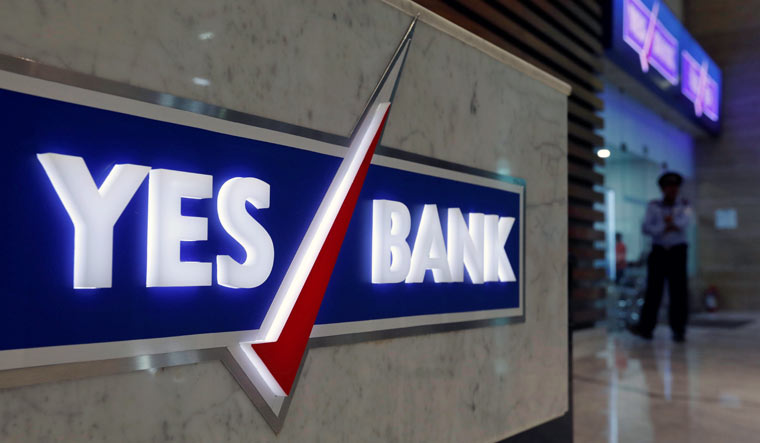In March 2020, the Reserve Bank of India superseded the board of private sector lender Yes Bank and placed it under moratorium. That the action was taken against such a large bank, once the fourth-largest private lender in India, sent shockwaves. Subsequently, the bank was rescued by a consortium of investors led by the State Bank of India.
Through the last year, the new chief executive Prashant Kumar has taken multiple steps towards getting the bank on the growth path; focus on growing its retail business being one of them. However, headwinds of COVID-19 and the moratorium on loans that were provided by the central bank for six months in the wake of the pandemic has weighed on the performance.
In the January-March quarter, Yes Bank reported a wider net loss of Rs 3,788 crore, compared with a net loss of Rs 3,668 crore a year ago. The company blamed the wider loss on accelerated provisions it had made for non-performing assets.
The lender’s net interest income (difference between interest earned and interest expended) also declined 22 per cent to Rs 987 crore.
“If you see the slippages that happened in the current financial year, after the Supreme Court verdict (lifting the moratorium on loans), we needed to recognise it. We had a choice to make only the minimum regulatory provision or this slippage or step up or provision so that we don’t carry any risk of credit cost of this portfolio in the next year. We opted for making higher provisions so that the next year’s earnings will not have any impact from the previous book,” Kumar told reporters on Friday.
In the quarter ended March 31, 2021, Yes Bank made bad loan provisions of Rs 5,240 crore, much higher than the provisions of Rs 2,199 crore in the December quarter and Rs 4,872 crore in the year-ago quarter.
Excluding the provisions, Yes Bank’s operating profit surged 73.8 per cent from a year ago to Rs 185 crore.
Its gross non-performing assets at the end of March stood at 15.41 per cent, compared with 16.80 per cent a year ago. Its net NPAs, meanwhile came in at 5.88 per cent in March, compared with 5.03 per cent a year ago.
Yes Bank reported a 54.7 per cent year-on-year growth in deposits in the fourth quarter at Rs 162,947 crore. Advances on the other hand declined 2.7 per cent to Rs 166,893 crore.
The company under Prashant Kumar is giving a huge thrust on growing its retail franchise. Retail and MSME (micro, small and medium enterprises) loans account for 51 per cent of the total loans.
Looking ahead
The country is currently in the midst of the second wave of COVID-19 and infections have surged, forcing several states to impose various restrictions. However, Kumar remains bullish on the year ahead.
Yes Bank expects advances in the year ending March 2022 to grow over 15 per cent, with continued momentum in the retail and MSME segment, which is expected to clock 20 per cent growth. It is also aspiring for a 10 per cent uptick in corporate lending.
“Last year was more challenging. Despite that, we have seen a 23 per cent growth of retail assets. In the last 15 days, as compared to a total lockdown last year, there are only restrictions. So, we feel, there would be opportunities. But, we also need to see going forward how the environment would be,” said Kumar.
It also hopes to recover Rs 5,000 crore this year and expects fresh slippages will be less than Rs 5,000 crore despite the economic disruptions caused by the second wave of the pandemic.
“We have done a very detailed analysis of all our accounts and we are of the belief that our slippages would be less than Rs 5,000 crore. In terms of the second wave, the economic activities have not been impacted to the extent it was impacted last year,” added Kumar.
In the medium term, Yes Bank has a target to raise its retail and MSME business mix to 60 per cent and a CASA (current account and savings account) ratio of 40 per cent (26.1 per cent in the fourth quarter).





